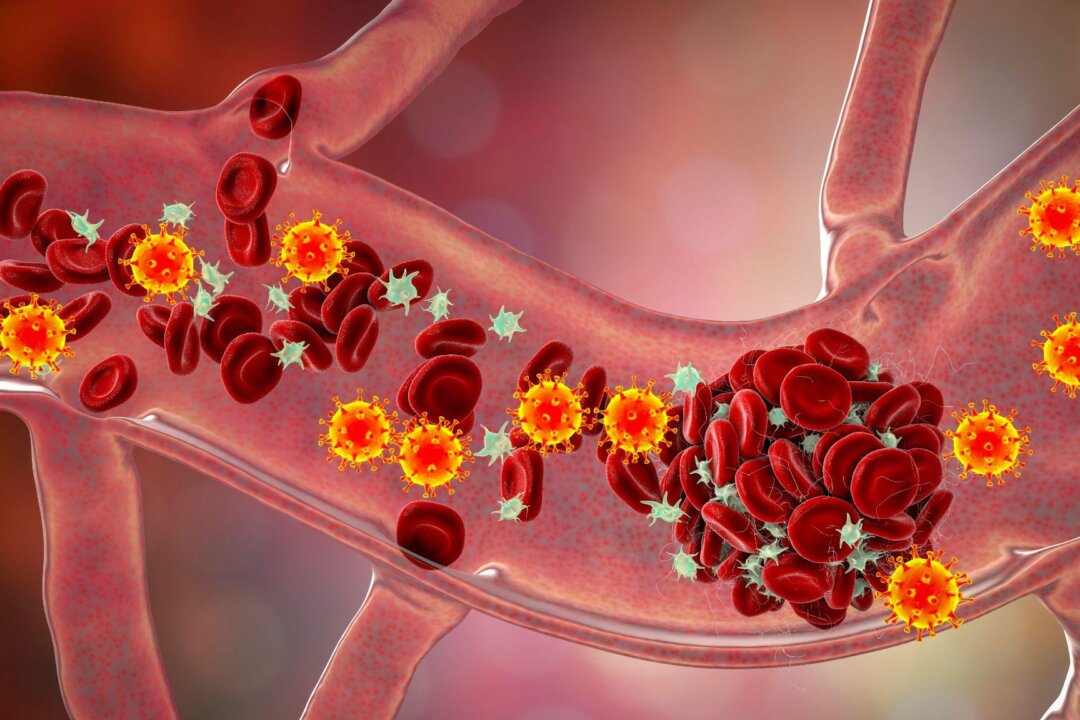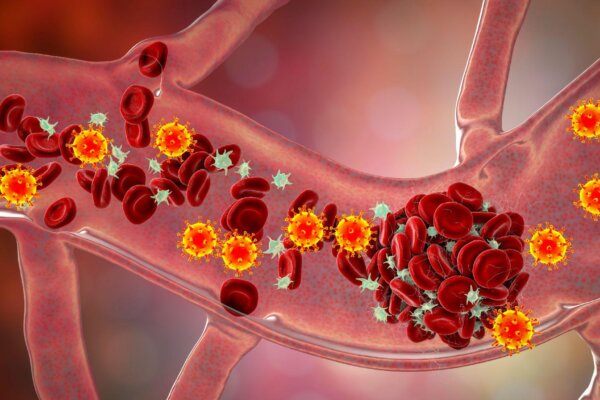Older Man Who Had COVID-19 for 613 Days Developed New Variant
The man had the longest-known case of COVID-19.
An older man with weakened immunity was infected with a COVID-19 virus that persisted in his body for 613 days—the longest case of COVID-19 on record—leading to the development of a highly mutated new strain. Recent studies have found that chronic COVID-19 infections are not uncommon, and in some cases, these individuals can produce a large number of variant viruses.
According to a news release from the European Society of Clinical Microbiology and Infectious Diseases (ESCMID), this 72-year-old patient had a history of blood cancer, and the treatment for it resulted in the absence of B-cells that produce antibodies. Despite receiving multiple doses of the COVID-19 vaccine, he could not mount an immune response.
The patient was hospitalized at the Amsterdam University Medical Center in February 2022 due to a COVID-19 infection. He was infected with the omicron BA.1.17 virus strain, and doctors treated him with the monoclonal antibody drug sotrovimab. However, 21 days after the drug infusion, the virus developed resistance.
The patient died from a relapse of his blood cancer 613 days after being diagnosed with COVID-19. He spent the last two years of his life in the hospital wearing personal protective equipment due to consistently testing positive for the virus, significantly reducing his quality of life.
Researchers performed full genome sequencing on 27 nasopharyngeal swab specimens from him. They found that the virus had constantly mutated in his body, resulting in a new variant with 50 nucleotide mutations capable of evading the body’s immune defenses.
Fortunately, there are currently no records indicating that this new immune-evading variant has been transmitted to others.
Magda Vergouwe, the study’s lead author and a doctoral candidate at the Amsterdam University Medical Center, stated that this case illustrates the risk of the COVID-19 virus persisting and replicating in immunocompromised patients, leading to the emergence of new variants. Therefore, it is necessary to enhance genomic surveillance in such patients.
Young Leukemia Patient Recovers After 400 Days of Infection
Previous studies have found that immunocompromised individuals infected with the COVID-19 virus tend to have extended infection periods and are more prone to developing new mutations. A case report published in Clinical Infectious Diseases in 2021 documented a 23-year-old man who recovered after being infected for over a year.
This patient, who also had a history of leukemia, was hospitalized in April 2020 due to shortness of breath. He was later diagnosed with COVID-19, treated with oxygen therapy, and discharged five days later.
The patient’s PCR test remained positive. Subsequently, he received four courses of convalescent plasma therapy and was also administered the antiviral drug remdesivir, but without effect. Viral sequencing identified a new variant, N501Y, which accounted for less than 10 percent of the total virus population 264 days after infection. However, in the final sample, the proportion of the new variant had reached 100 percent.
How Does Chronic Infection Lead to Virus Variants?
Research has found that the COVID-19 virus mutates rapidly in patients with chronic infections—twice as fast as the virus’ global evolutionary rate.






